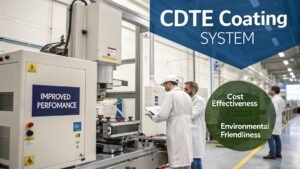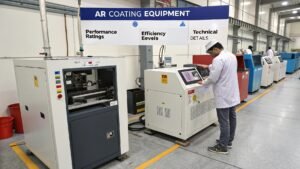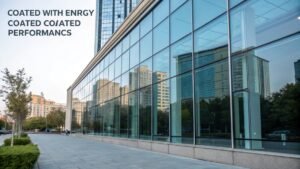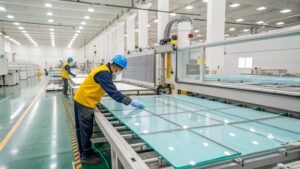Glass coating technology promises reduced maintenance and enhanced performance. But does it deliver real value for manufacturing operations? Many facility managers struggle with rising maintenance costs and efficiency demands.
Glass coating creates measurable value through reduced cleaning frequency, extended glass lifespan, and improved performance characteristics. Professional applications typically provide 12-36 months of protection while cutting maintenance costs by up to 60%.
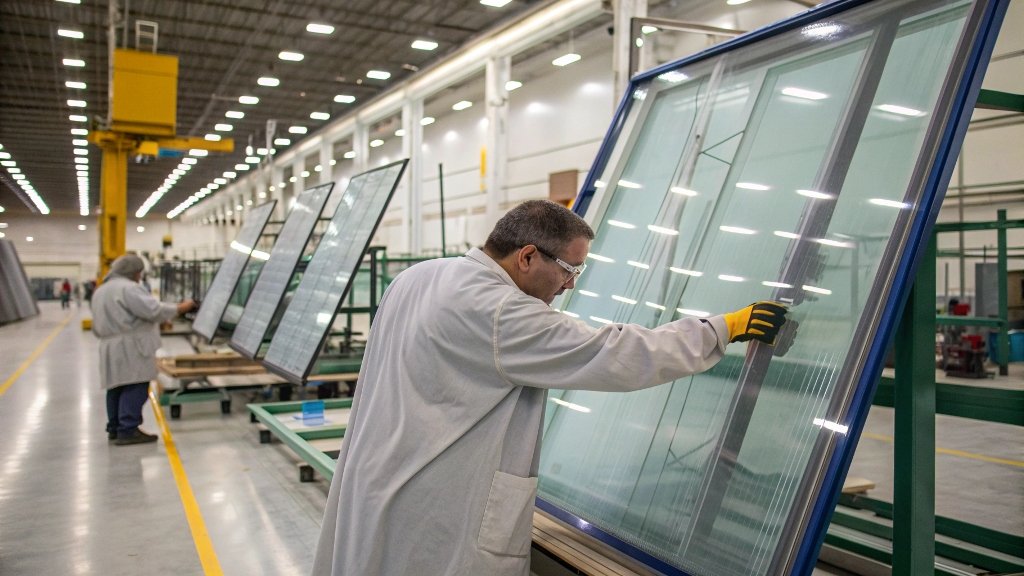
I've seen countless manufacturing operations transform their approach to glass maintenance. The question isn't whether glass coating works. The real question is whether it fits your specific operational needs and budget constraints.
Does Glass Coating Really Reduce Long-term Maintenance Costs?
Glass surfaces in manufacturing face constant exposure to contaminants. Hard water spots, soap scum, and environmental pollutants create ongoing cleaning challenges. Traditional maintenance approaches drain resources and labor.
Protective glass coatings reduce cleaning frequency by 50-70% while extending glass lifespan by 3-5 years. This translates to significant cost savings over time.
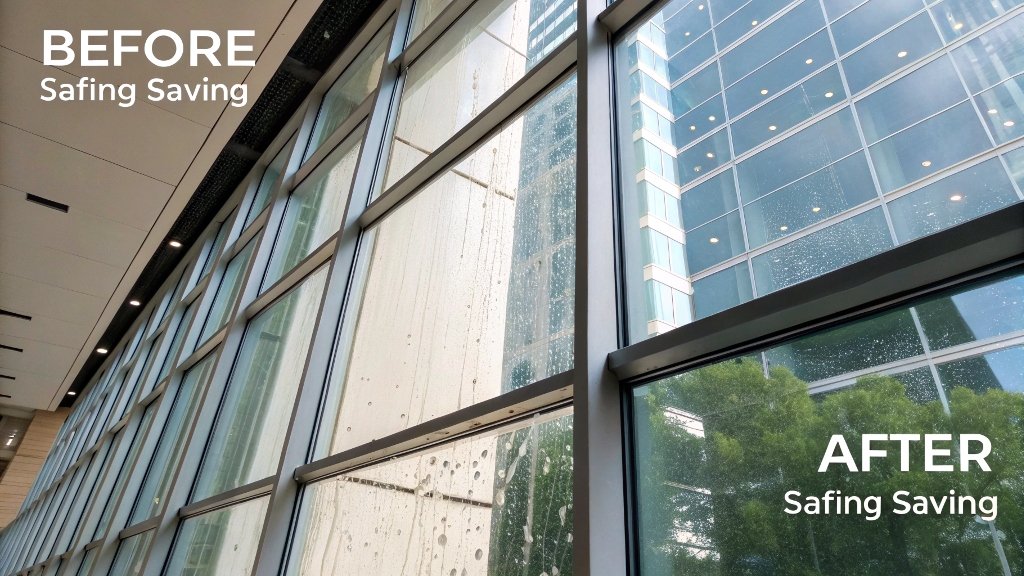
The science behind these savings lies in molecular-level protection. Hydrophobic coatings create surfaces that repel water and contaminants. This means fewer water spots, less buildup of grime, and far better clarity during operation. The coating forms a slick, invisible layer that causes water to bead into droplets and roll off the surface.
Professional applications show remarkable results. Coated glass simplifies cleaning, reducing the need for frequent maintenance. Windows that previously required weekly cleaning may now need attention every few weeks, cutting labor, water, and supply costs. This reduction in cleaning leads to significant cost savings, making these coatings a cost-effective solution for both residential and commercial buildings.
The durability factor cannot be ignored. Uncoated glass is more vulnerable to scratches, chips, and cracks caused by routine cleaning or environmental debris. Protective coatings act as a durable shield, minimizing everyday damage and avoiding frequent repair costs. Environmental factors naturally degrade uncoated glass, but coated glass can last significantly longer—12 to 15 years or more—by slowing the aging process and preserving clarity and integrity.
Our glass IR UV shading coating line demonstrates these principles in architectural applications. The technology blocks infrared and ultraviolet radiation while maintaining visual clarity. This dual function provides both protection and performance enhancement.
How Do Glass Coatings Impact Production Line Efficiency?
Production efficiency depends on consistent quality and minimal downtime. Glass coating equipment integration affects both factors. Smart manufacturers evaluate these impacts before making investment decisions.
Modern glass coating lines integrate seamlessly with existing production processes. They typically add 15-30 seconds per piece while providing years of enhanced performance.
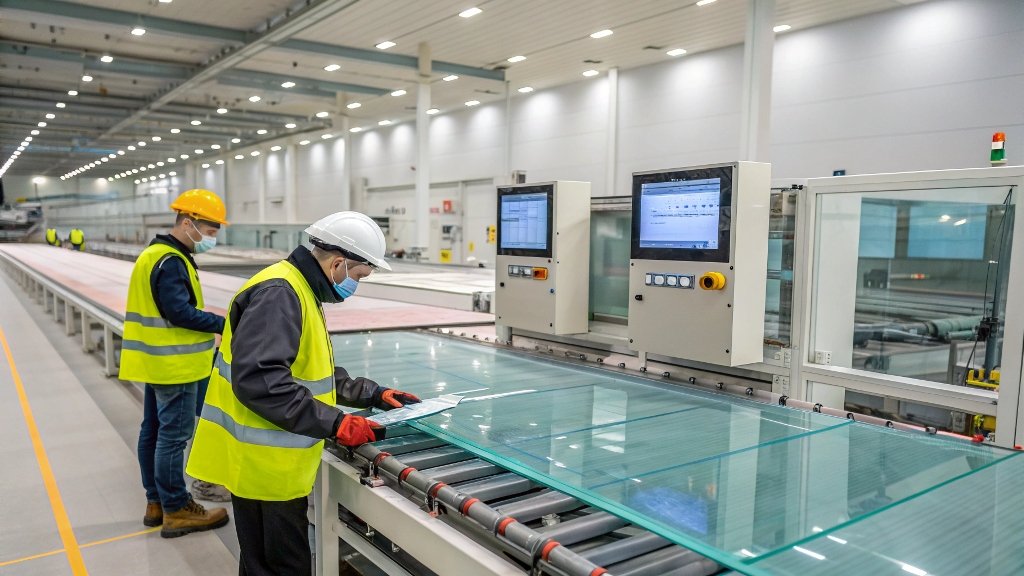
The key lies in understanding cure times1 and equipment requirements2. Some coatings need time to set or cure, during which you cannot touch or move the coated glass. In some instances, the coating cannot come into contact with water for 24 hours. Unless you have adequate shop space and can afford to hold inventory, cure times1 can create significant problems, especially as the amount of glass you treat increases.
Equipment requirements vary significantly between coating types. Often, suppliers can sell you equipment that will reduce the amount of time and labor needed to apply the coating. Some coatings cannot be applied without special equipment. When evaluating coatings that require equipment, include the cost in your overall analysis.
Our photovoltaic glass ARC line exemplifies efficient integration. The system applies anti-reflective coating to solar glass with minimal disruption to existing workflows. The process increases light transmittance by over 2.5%, reaching approximately 94.6% efficiency. This performance boost justifies the processing time investment.
Field application capabilities matter for ongoing operations . A coating that can be easily applied in the field also is repairable in the field, so if a coating is damaged, you can simply re-apply it instead of replacing the entire panel. This flexibility reduces long-term maintenance costs and operational disruptions.
Training requirements affect implementation success. Some coatings are simple to apply while others are more complex . Not understanding the difference can be the deciding factor on whether you make money on the job. We provide comprehensive training programs to ensure smooth technology adoption.
What ROI Can You Expect from Glass Coating Equipment Investment?
Return on investment calculations require accurate cost analysis and realistic performance projections. Many manufacturers underestimate long-term benefits while overemphasizing initial costs. Professional evaluation prevents costly mistakes.
Quality glass coating equipment typically pays for itself within 18-24 months through reduced maintenance costs, improved product quality, and enhanced market positioning.
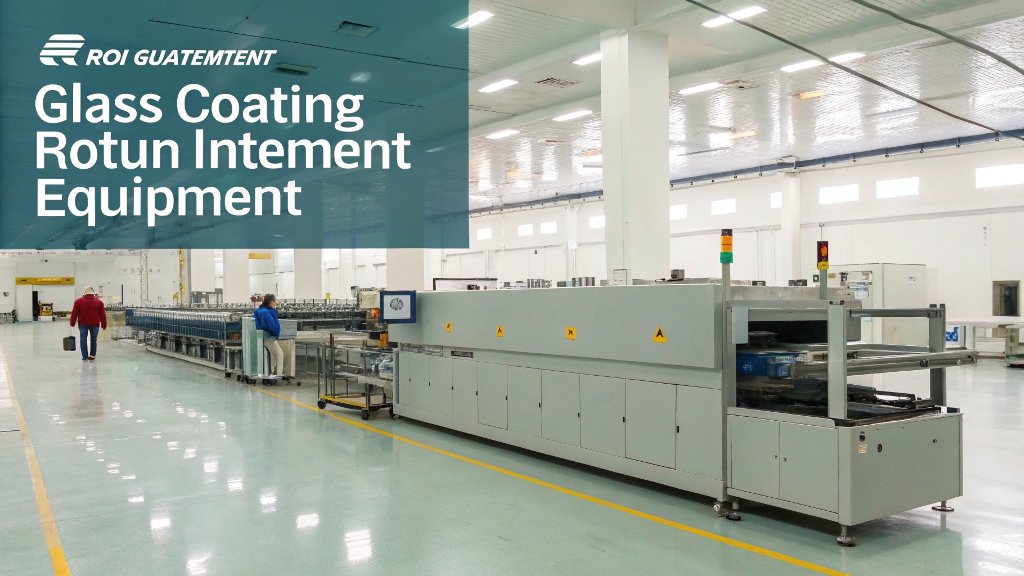
Cost per square foot3 analysis provides the foundation for ROI calculations. Yield varies from coating to coating, so it's important to understand how many square feet a milliliter or ounce of chemical will coat. You don't want to buy a coating that costs half as much as competitors only to discover you need five times as much to coat the same surface.
Equipment costs require careful evaluation. Project the total amount of glass you expect to coat with that equipment over its useful life, then divide the equipment price by that amount to determine cost per square foot. Add that per-square-foot equipment cost to the per-square-foot price of the coating itself to find the total cost per square foot.
Performance warranties4 affect long-term value. Many coating suppliers provide product warranties, so inquire about warranties when evaluating potential suppliers. Longer-lasting coatings will be more expensive, but you need to consider how long you want to keep your customer and what kind of reputation you want for your business.
Our perovskite material coating and annealing line represents advanced technology investment. The system handles large formats up to 1220×2440mm with ±5% uniformity. This precision capability commands premium pricing in emerging solar markets.
Market differentiation adds value beyond direct cost savings. Professional glass coating creates opportunities for premium product positioning. Customers pay more for enhanced performance and reduced maintenance requirements. Our thin film CdTe PV technology demonstrates this principle in specialized photovoltaic applications.
The environmental benefits also contribute to ROI. Glass coatings contribute to sustainability by reducing the need for harsh cleaning chemicals and excess water. This aligns with eco-conscious management practices and supports green certification programs.
Conclusion
Glass coating delivers measurable value through reduced maintenance, enhanced performance, and improved ROI when properly implemented and maintained.
-
Understanding cure times is crucial for optimizing workflow and ensuring quality in coating applications. ↩ ↩
-
Exploring equipment requirements helps in selecting the right tools for efficient coating application and cost management. ↩
-
Understanding cost per square foot is crucial for accurate ROI calculations, ensuring you make informed purchasing decisions. ↩
-
Exploring performance warranties helps you assess long-term value and reliability, essential for maintaining customer satisfaction. ↩


